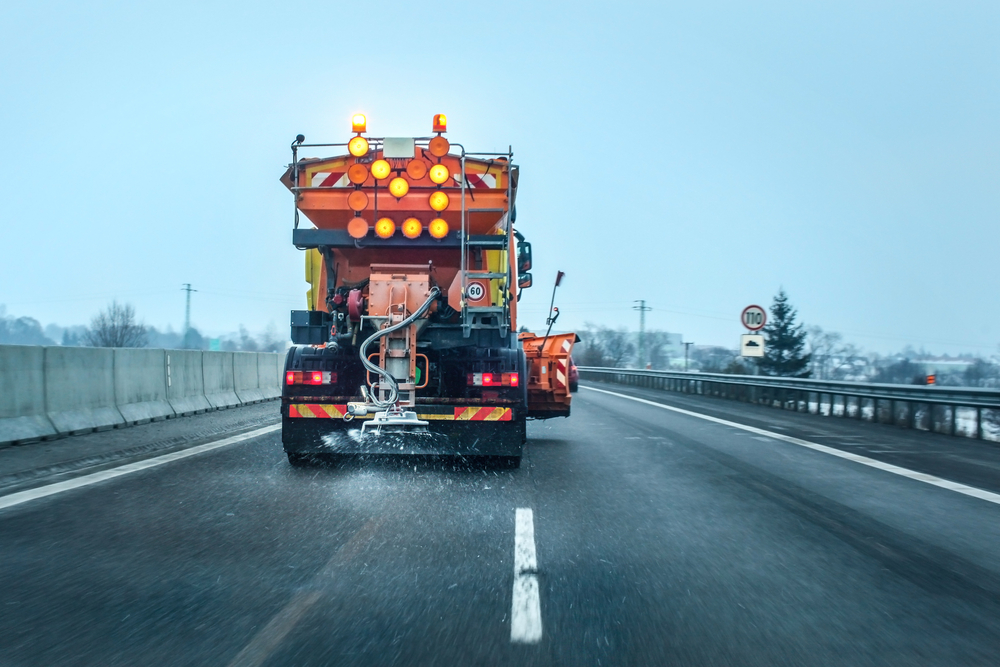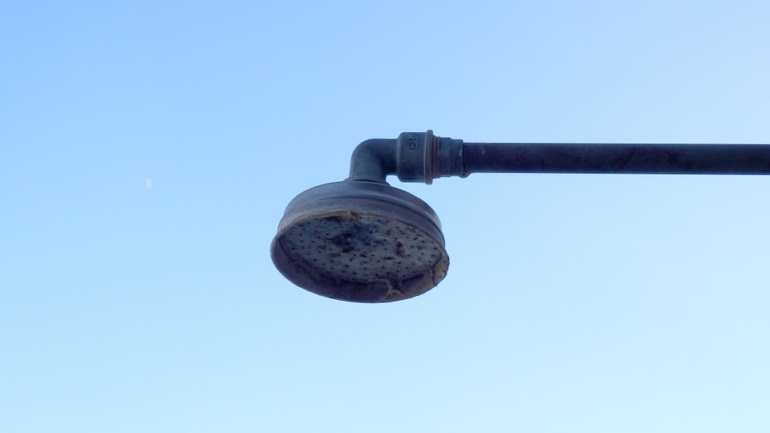By Caroline Majewski, Publishing Associate: Researcher and Writer at Save the Water™ | October 15, 2023
“New Hampshire applies more salt to its roads in the winter than the majority of the country” (Barndollar, 2023, para. 1).
Road Salt Use in Merrimack
There are large amounts of road salt used in the northern parts of the United States. As a result, use of road salt is impacting the groundwater. Merrimack, New Hampshire’s water department (Merrimack Village District) depends on groundwater to supply their roughly 9,300 customers. This is almost one billion gallons of water going to the area. It’s the fourth largest watershed in New England.
Earlier this year, a water supply well in the District stopped working due to the sodium and chloride growth. These materials built up over the past 30 years with an over one thousand percent increase in both. As a result, 46 bodies of water in New Hampshire are listed as chloride-impaired under the Clean Water Act.
Starting in the White Mountains with minimal road salt usage, the road salt buildup increases as it travels south. Consequently, the salt found in streams, rivers, lakes, and other water supplies within the watershed has increased.
Steps to Reduce Usage of Road Salt
Furthermore, the district made a Sodium and Chloride Reduction Committee a few years ago. Their role is to work with other groups to slow impacts and create future solutions. For example, they sent a letter to property owners in hopes of helping the town.
The Department of Environmental Services (DES) provided snow disposal guidance and management practices. Another, more costly, solution is updating equipment to better streamline the use of road salt. Altogether, along with spot reducing salt near sensitive ecological areas, these are some ways they are trying to help.
As of September, the DES has applied federal funding to the road salt problem. It will develop a sodium chloride-based repair plan:
- Assess road salt use in water protection area
- Develop salt supply per location
- Create cutting goals for surface and groundwater areas
- Recommend action plans to partners
Above all, they’re hoping the wells will resume service in the future.
What Problems Are Caused Due to the Use of Road Salt?
About 24.5 million tons of salt is spread on American roads per year. That is to say, about 137 pounds of salt per person. The use of salt provides safer driving conditions, but it also brings harm.
Once warmer temperatures arrive, snow and ice melt, washing the road salt away. The salt ends up in soil, lakes, streams, and drinking water. Other toxins make their way into our water. But there are solutions to help reduce them.
Road salt has a variety of adverse effects:
- Infects drinking water
- Increases soil breakdown
- Kills or harms wildlife
- Damages private and public property
There are also effects on people when it comes to drinking water:
- Harms people with high blood pressure
- Harmful to people with low sodium diets
- More wildlife by roads, which raises rate of car crashes
Different Kinds of Road Salt
Road salt works by lowering the freezing point of water. The most used form of road salt is sodium chloride (NaCl). This has large granules. Moreover, it’s effective and cheap.
On the other hand, magnesium chloride (MgCl2), while safer, needs twice the amount to be used for the same effect. This makes the price go up. Calcium chloride (CaCl2) might be safer for the environment with a different freezing point, but the price is high. At almost three times that of NaCl, it’s only used in specific areas.
Situation in Other U.S. States
Michigan, and its bodies of water, is one of the states also highly impacted. Many urban areas in southeast Michigan have exceeded the 150 milligrams per liter limit for chronic exposure of road salt. Meanwhile, a survey done found chloride hotspots near highways and housing developments. As a result, this affects more populated areas.
Wisconsin is facing the same problems. Since the 1980s, chloride levels have increased by more than a third across the Upper Mississippi River basin. Wisconsin has 51 rivers and one lake impaired by chloride. In addition, Minnesota’s 50 lakes and streams are chloride impaired. Meanwhile, 75 more have chloride levels near the standard set.
Minnesota and these other states have been working on solutions to slow and stop this.
What Can be Used Instead of Road Salt?
Sand is another material that can be used. It adds traction and is more environmentally friendly. On the other hand, it’s harder to use on a mass scale. In addition, beet juice is also used. It lowers the freezing point of water like the others. It’s both less corrosive and less harmful to the environment. Cost, again, is the large con. Another is that the sugar in the juice can attract bacteria. A Journal of Environmental Science and Technology study showed a beet brine mixture lowered chloride runoff by 45 percent.
Other types of measures, such as porous pavements, are being tested to see how helpful they are.
In addition, many states offer training programs to help reduce road salt usage. Above all, safety is the first concern of these programs. The Green SnowPro is one such program in New Hampshire.




